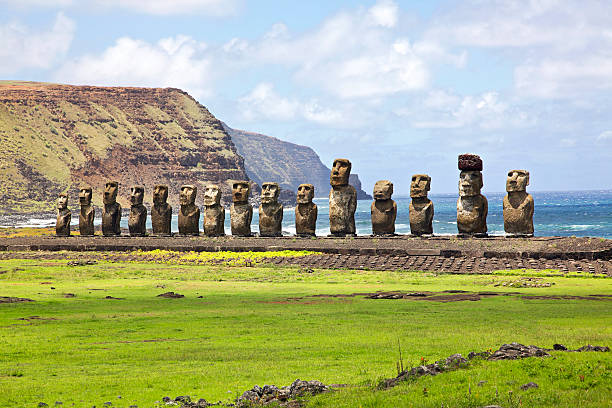
Rapa Nui National Park: Guardians of the Moai and Polynesian Heritage Introduction to the World's Most Isolated Cultural TreasureRapa
Nui National Park, encompassing nearly half of Easter Island's total
area (approximately 7,150.88 hectares or 43.5% of the island), stands as
one...